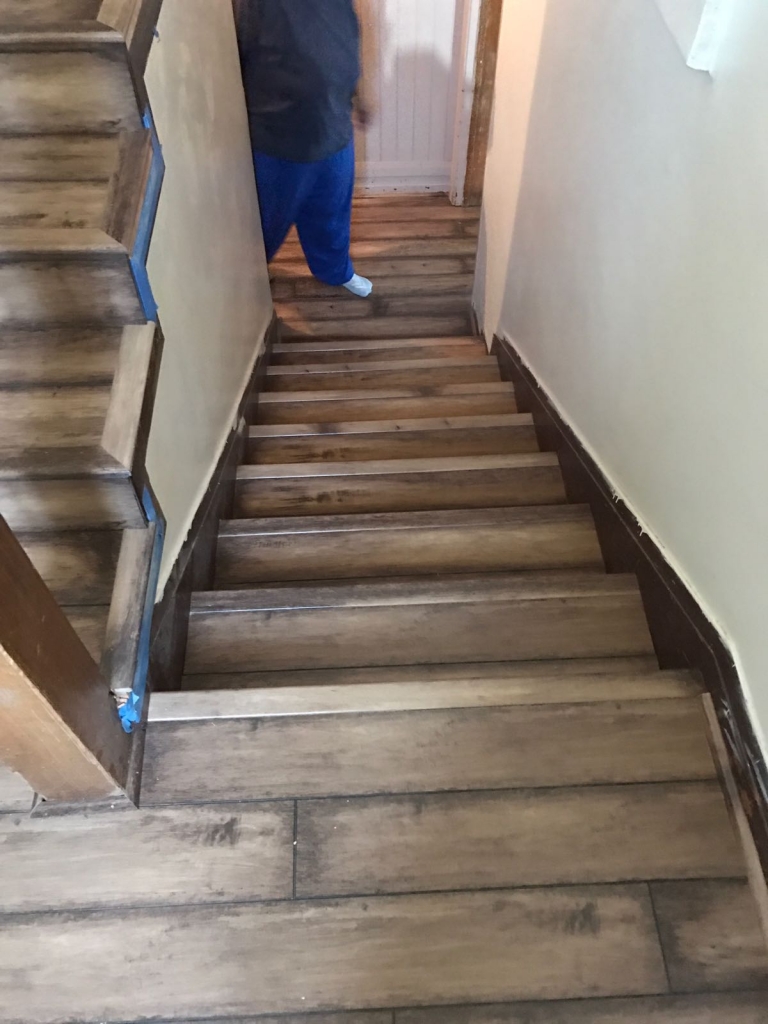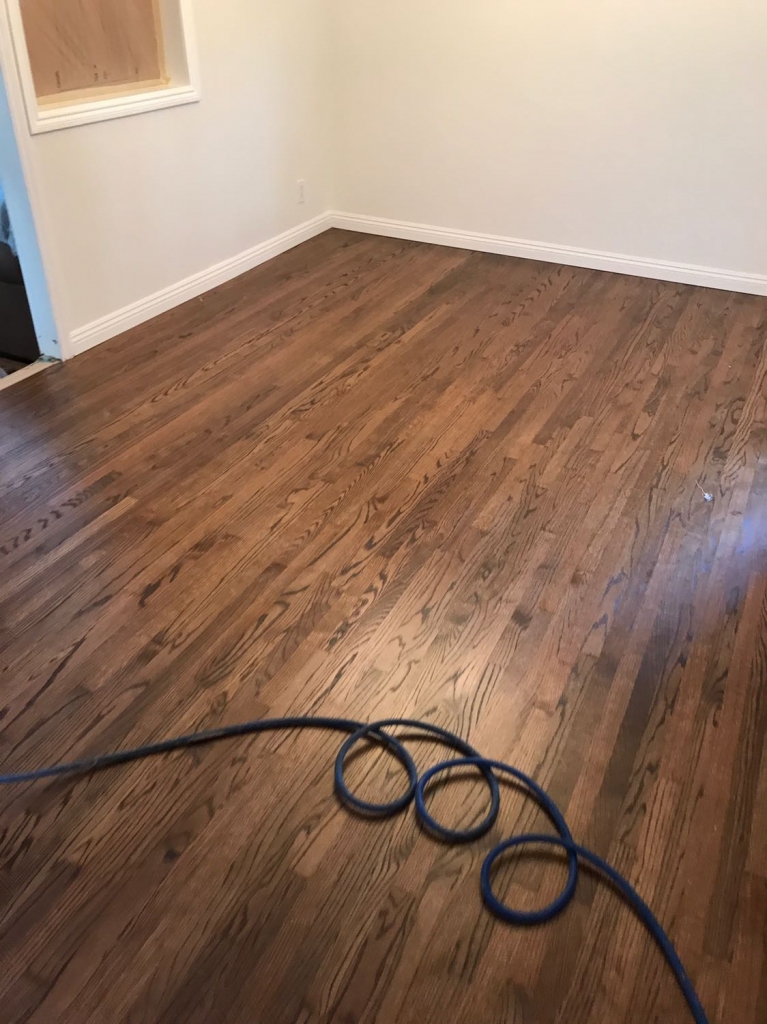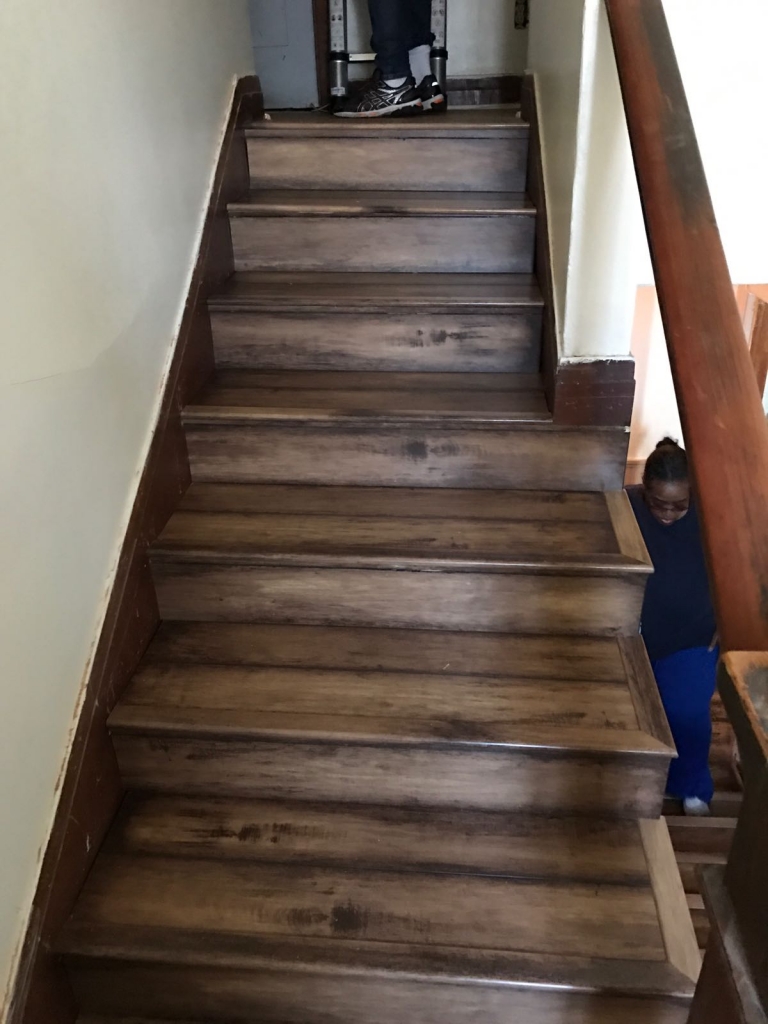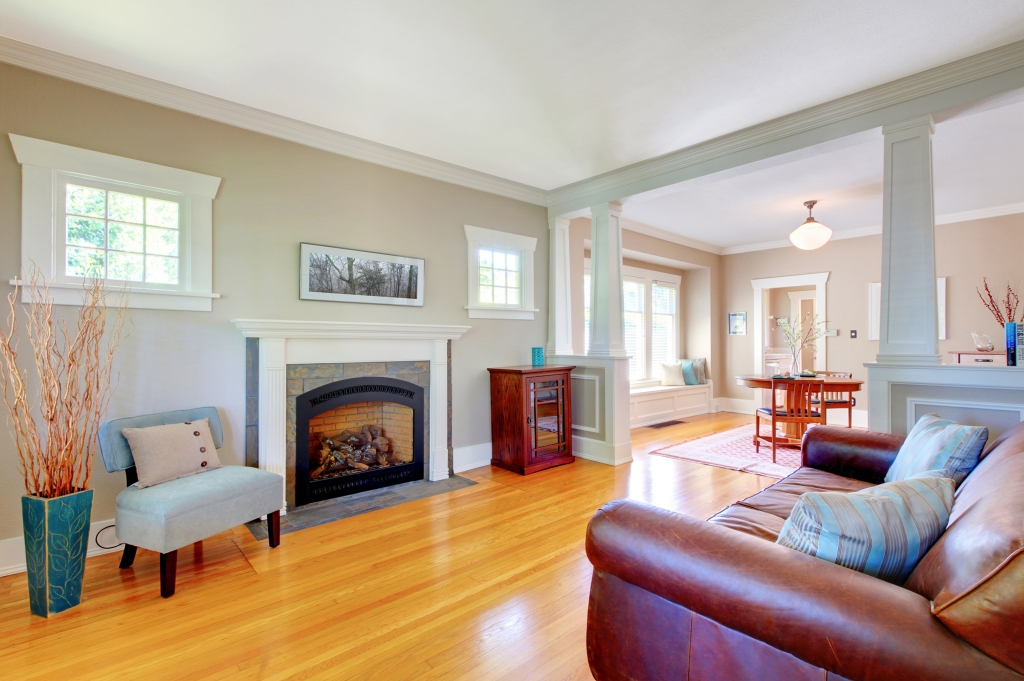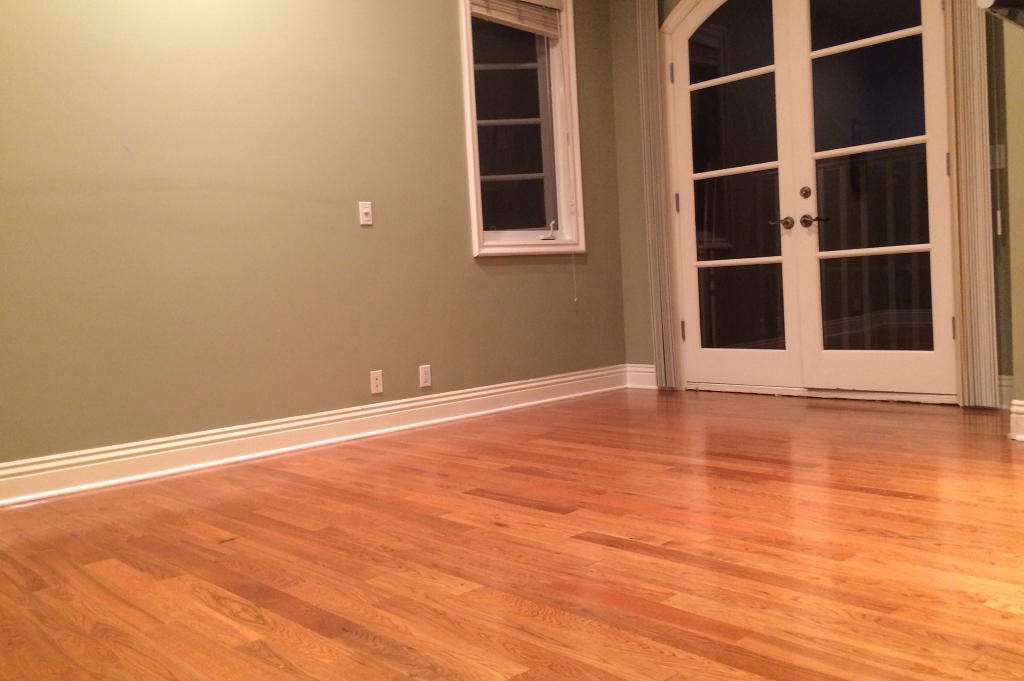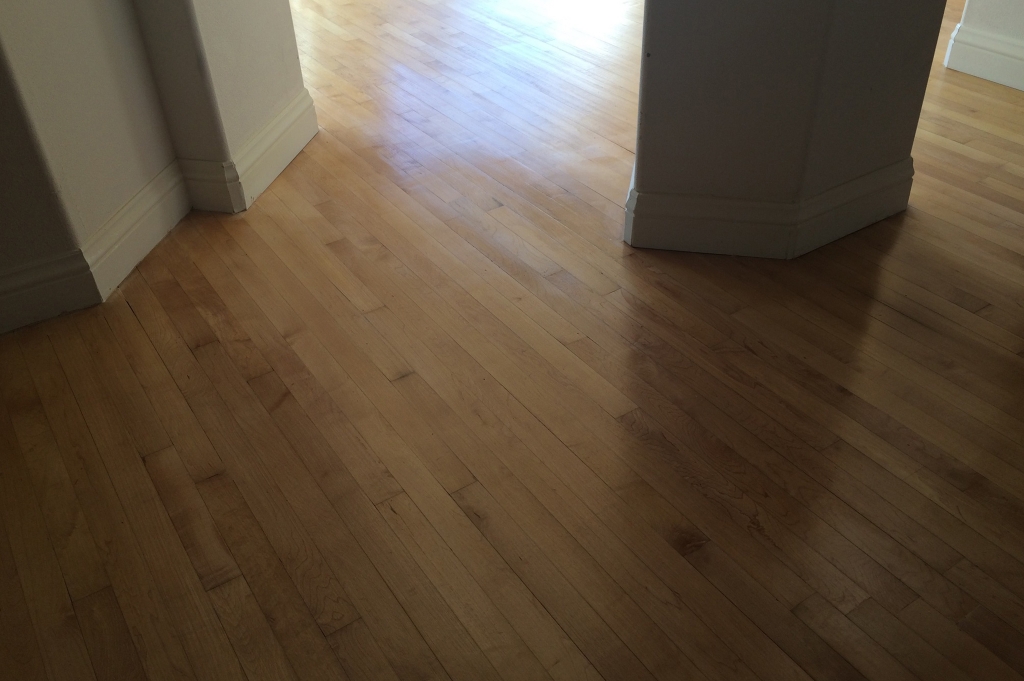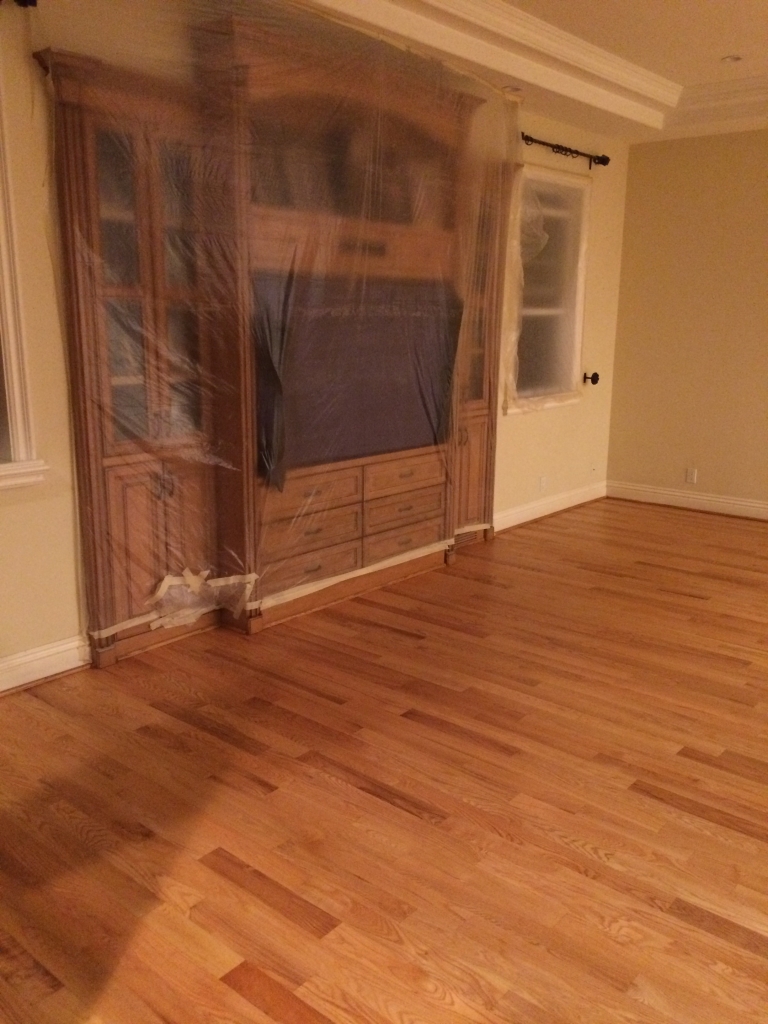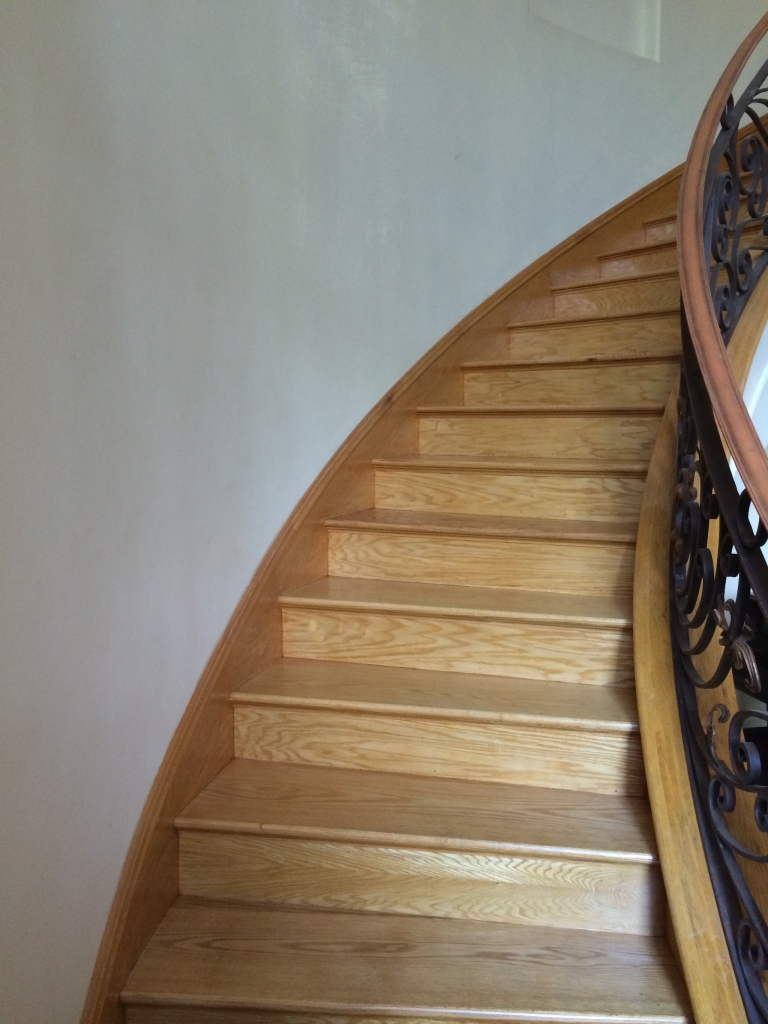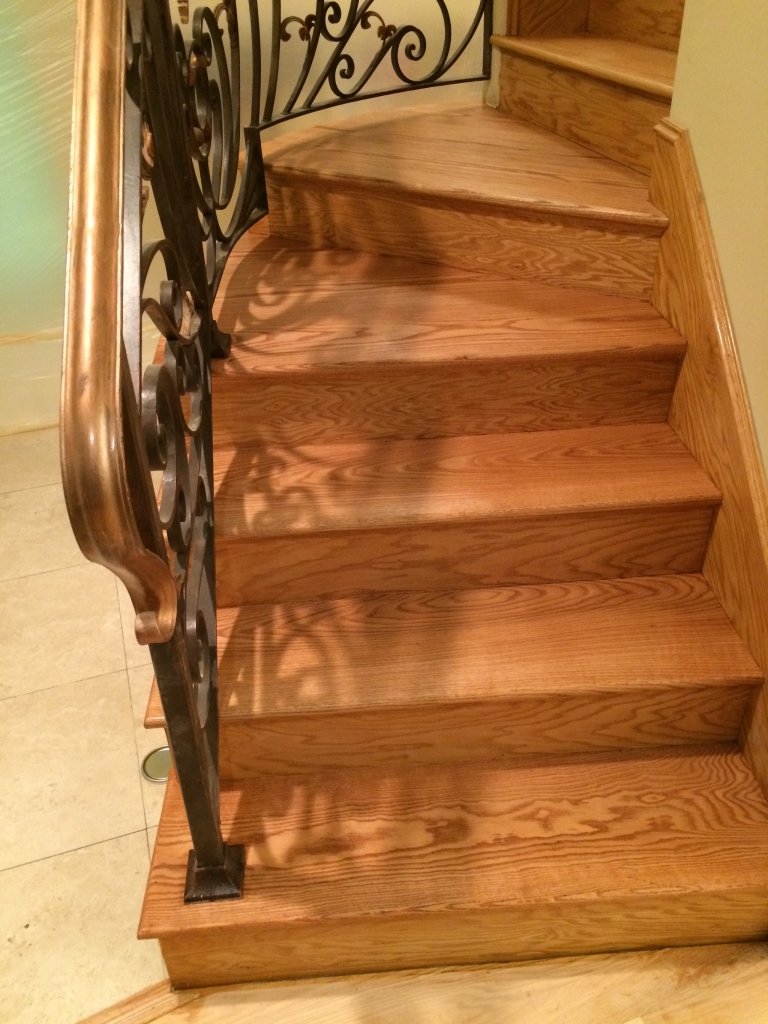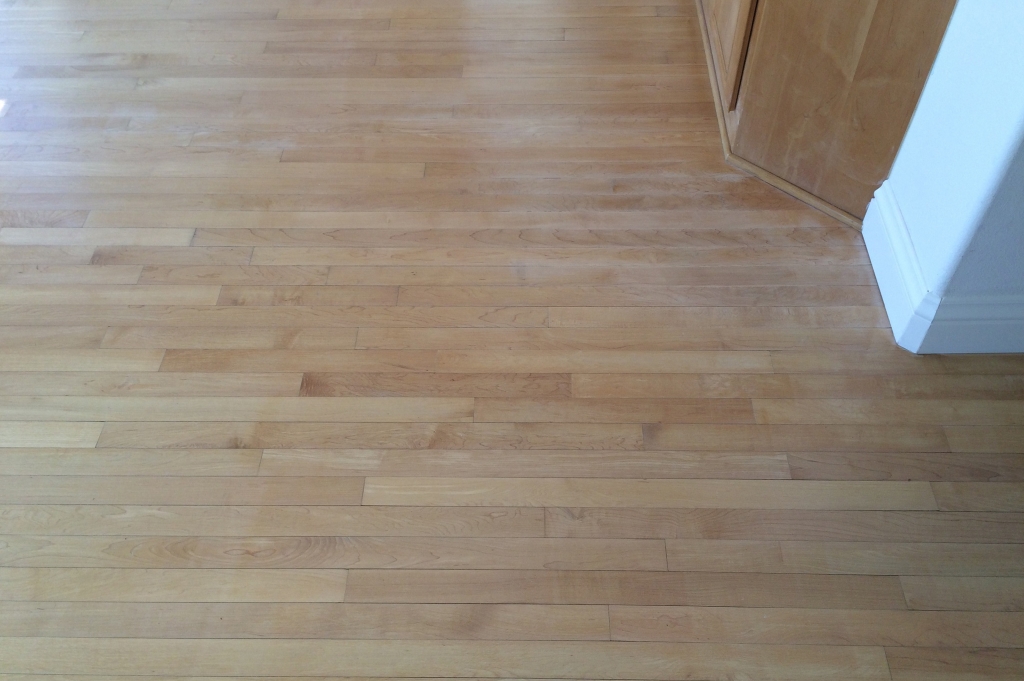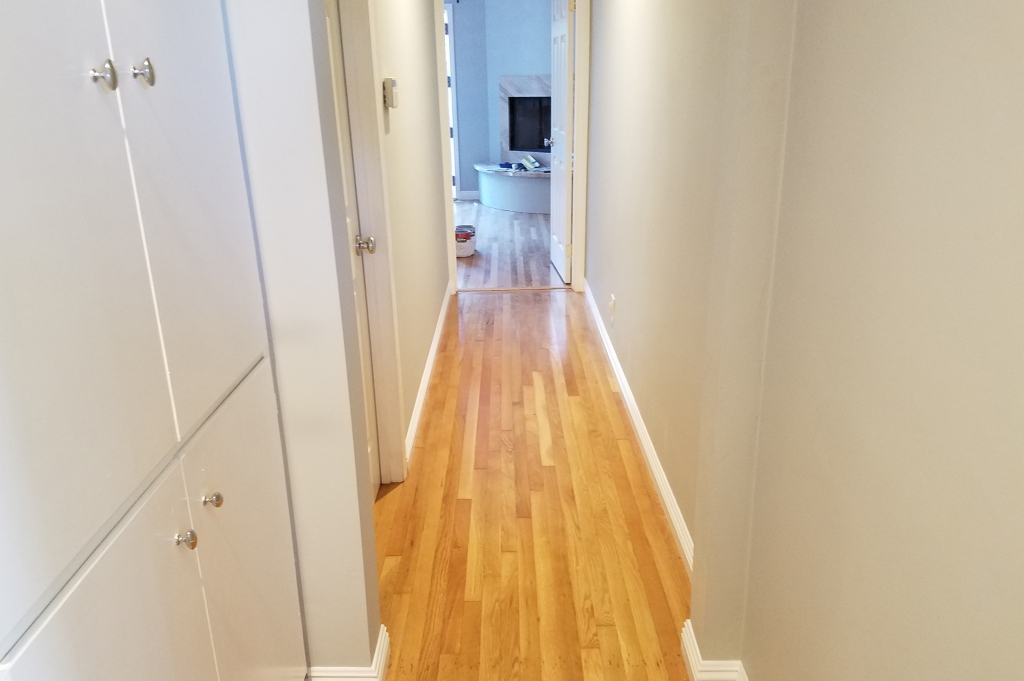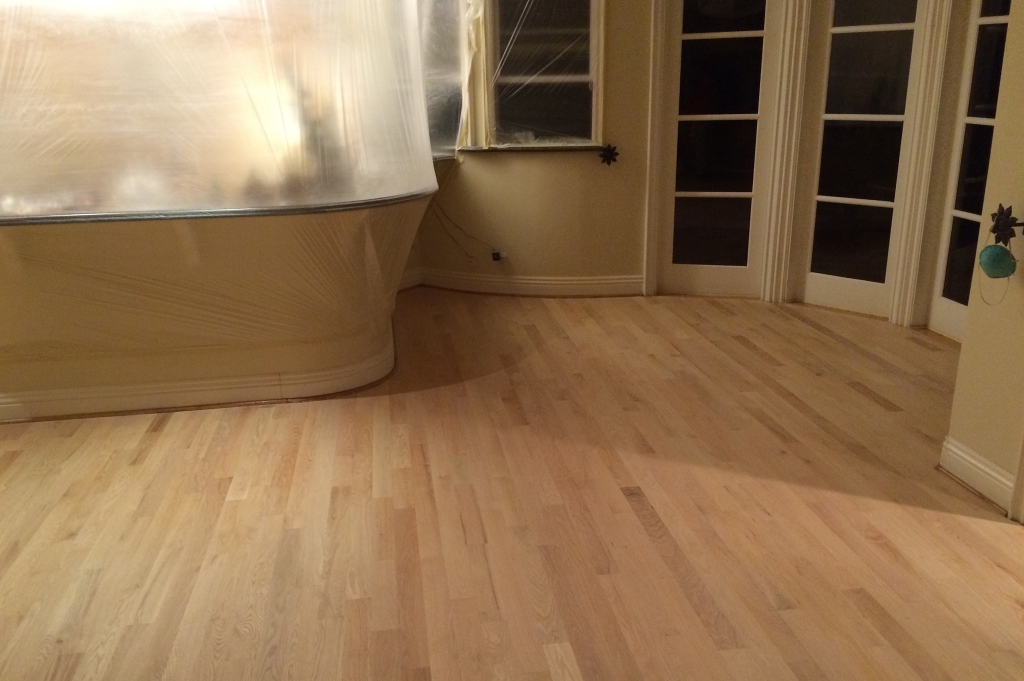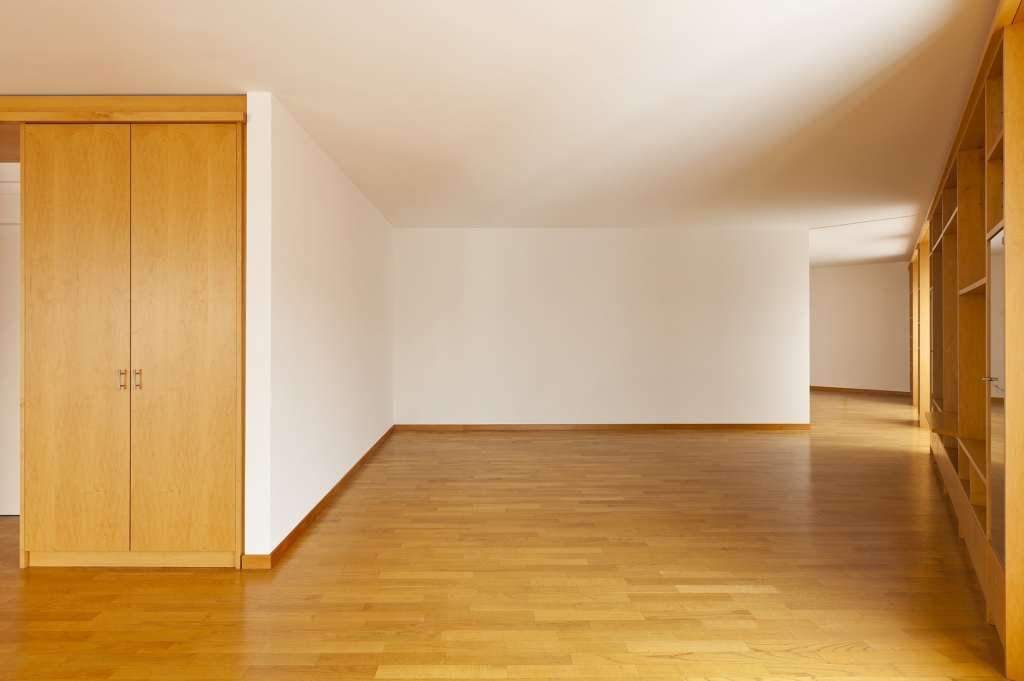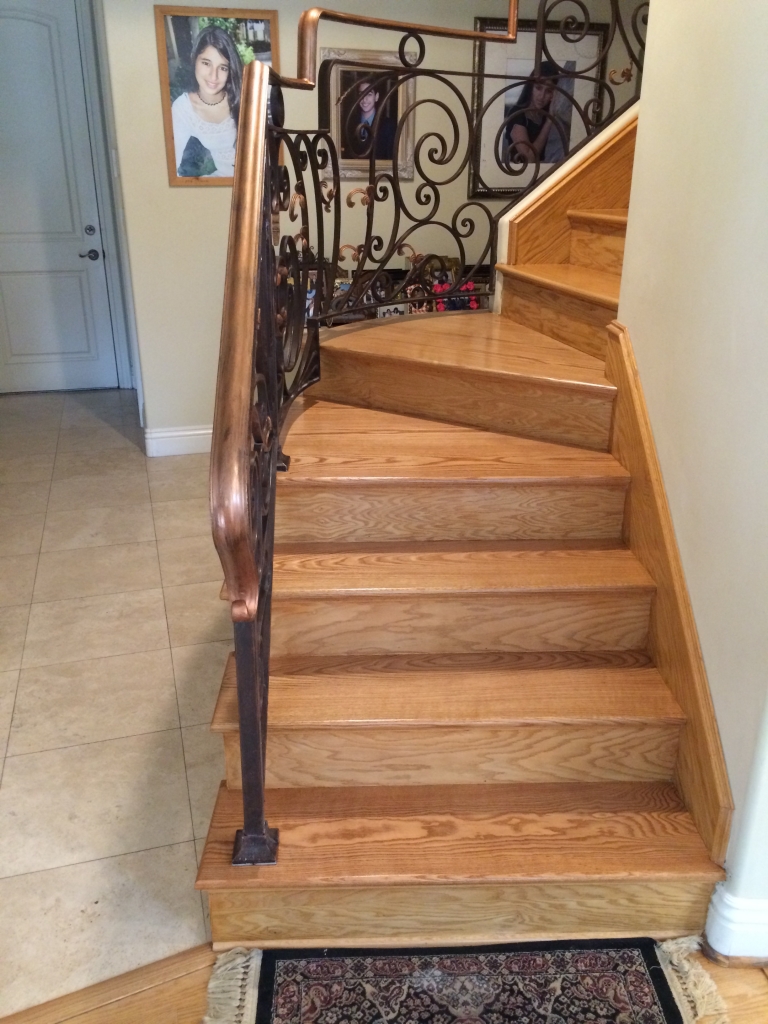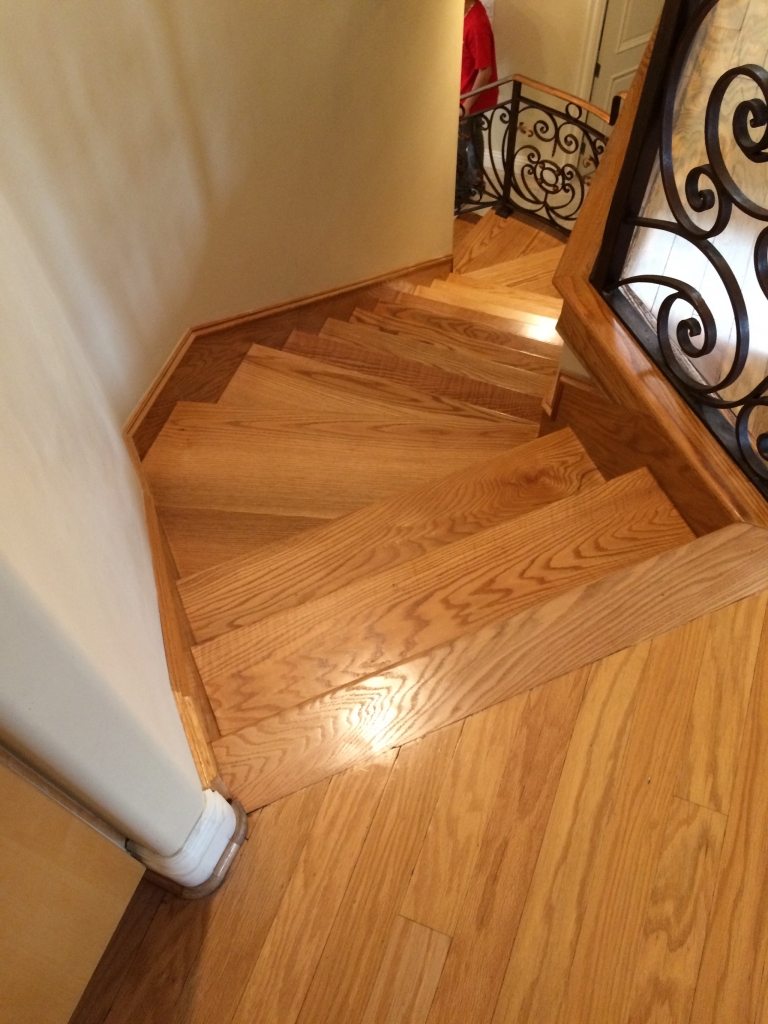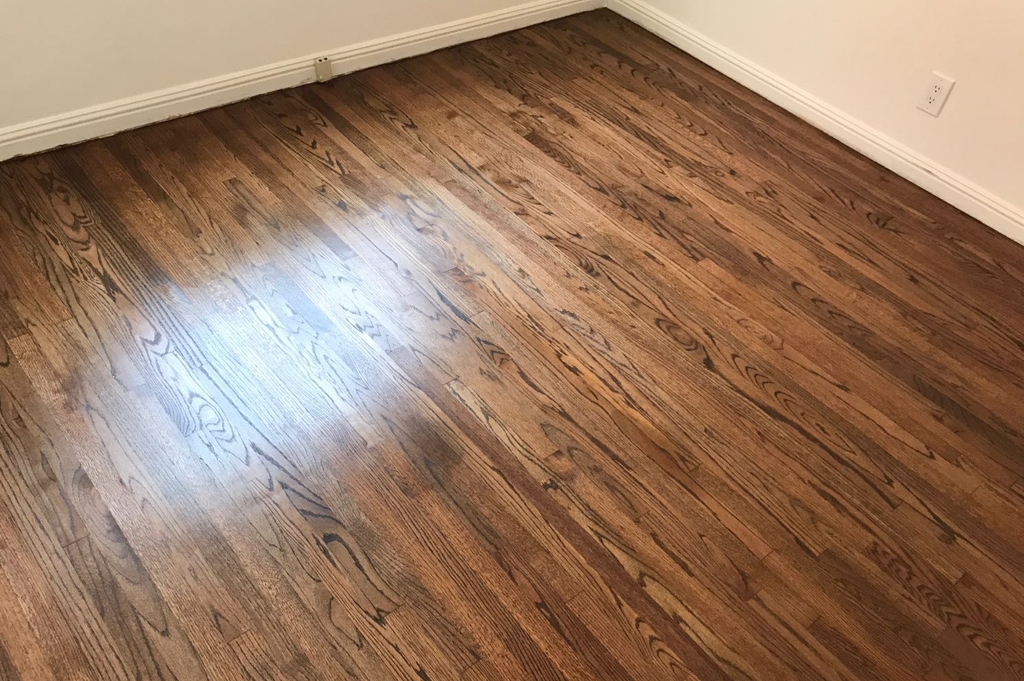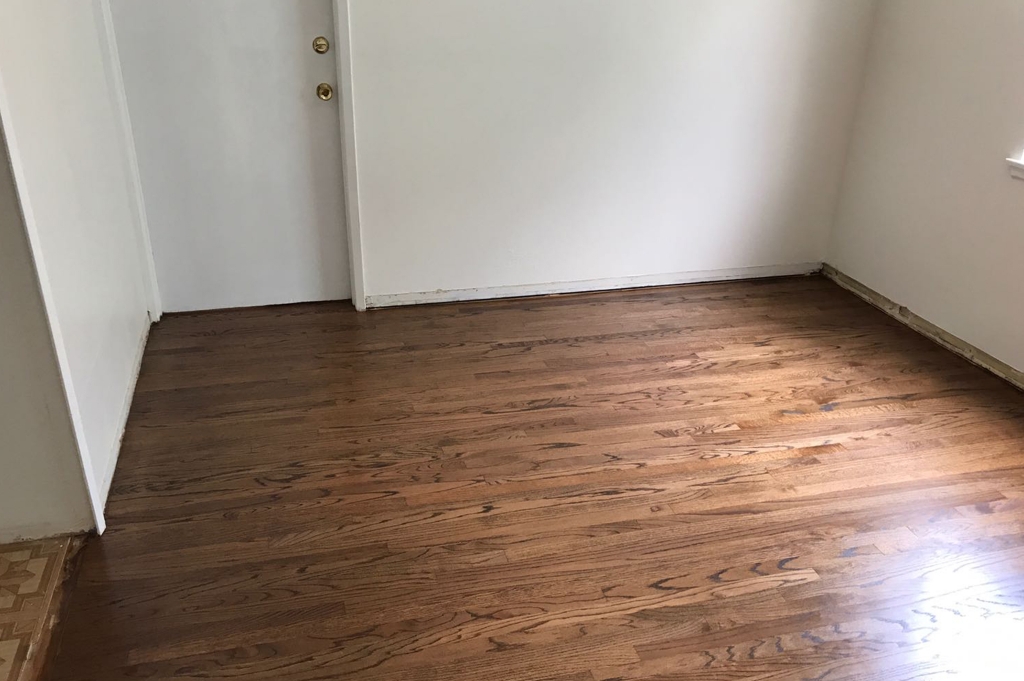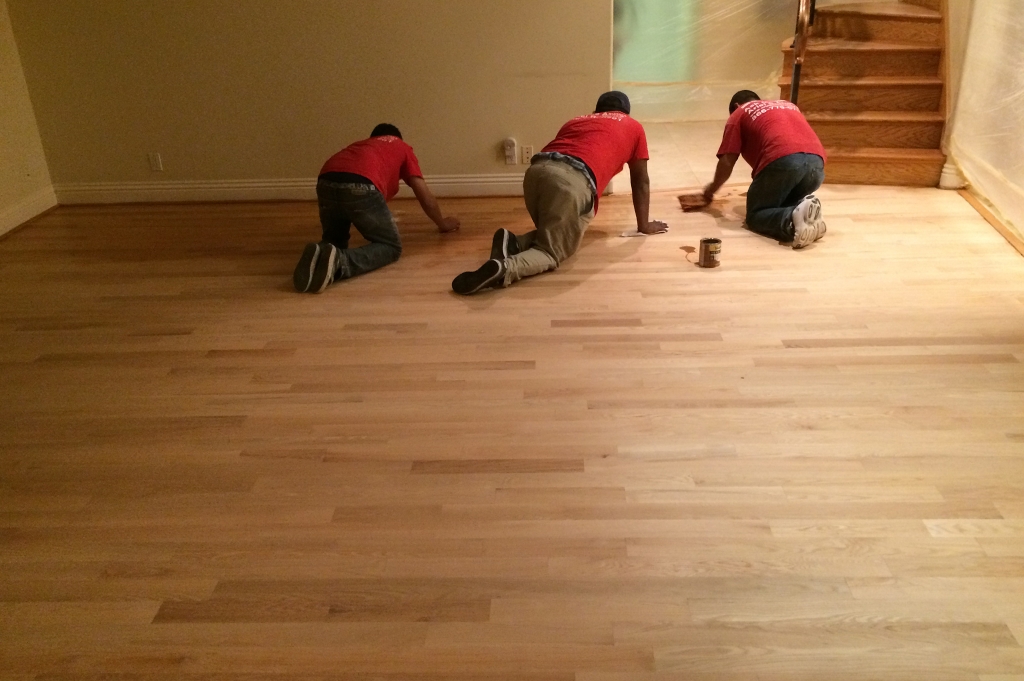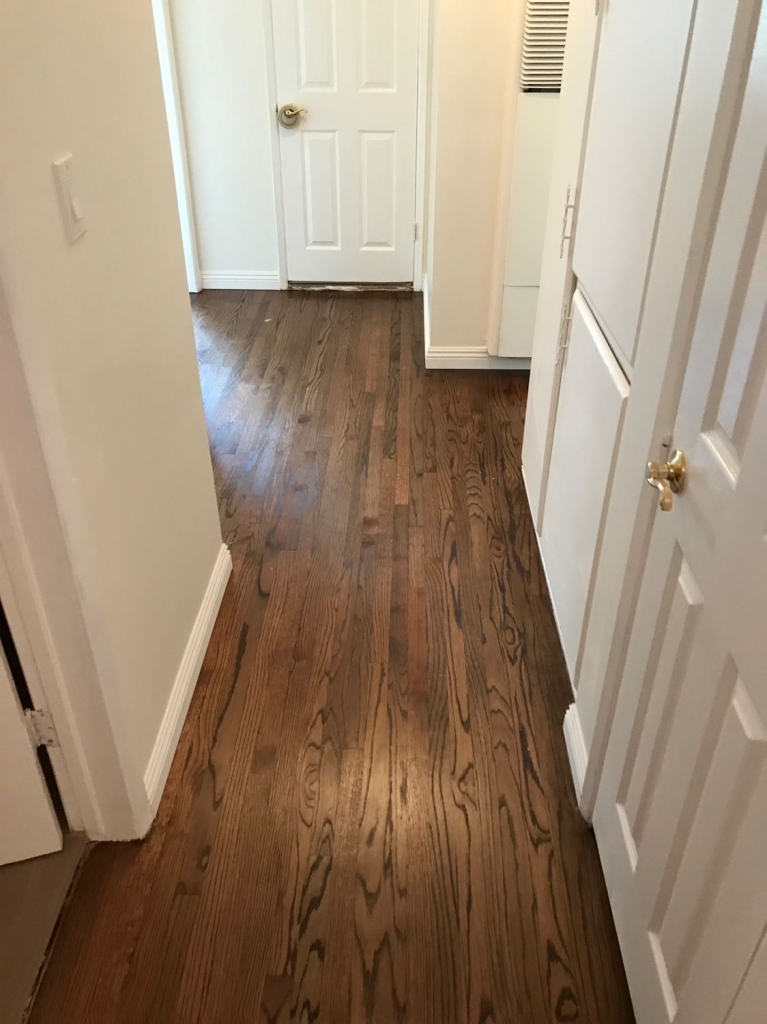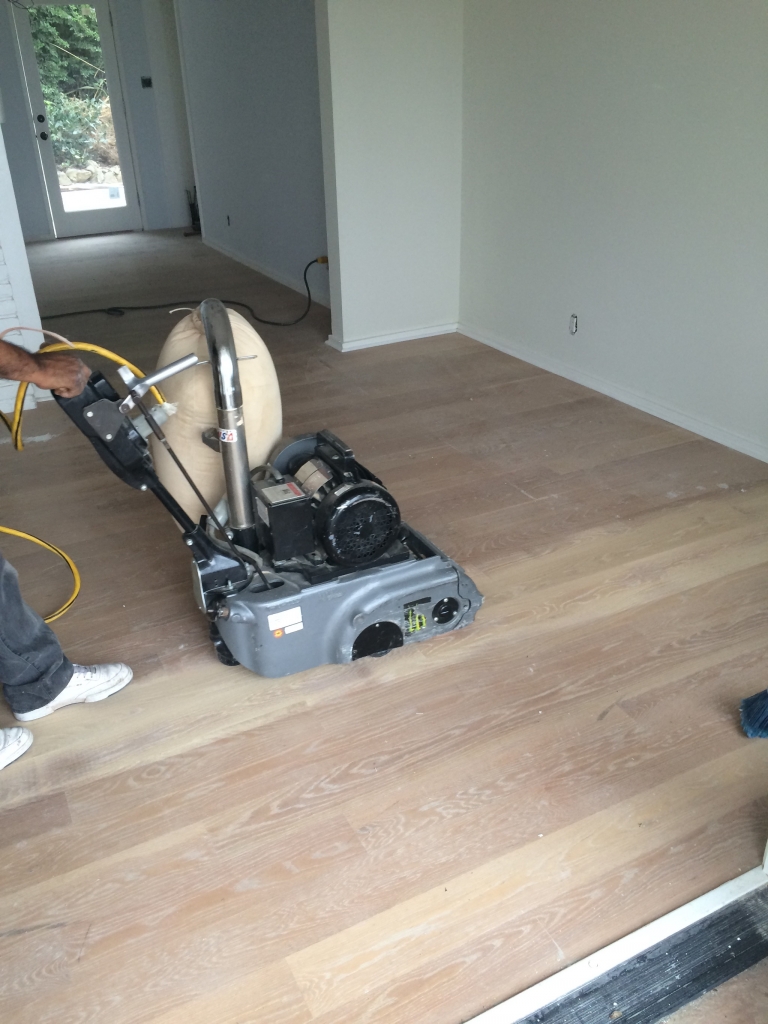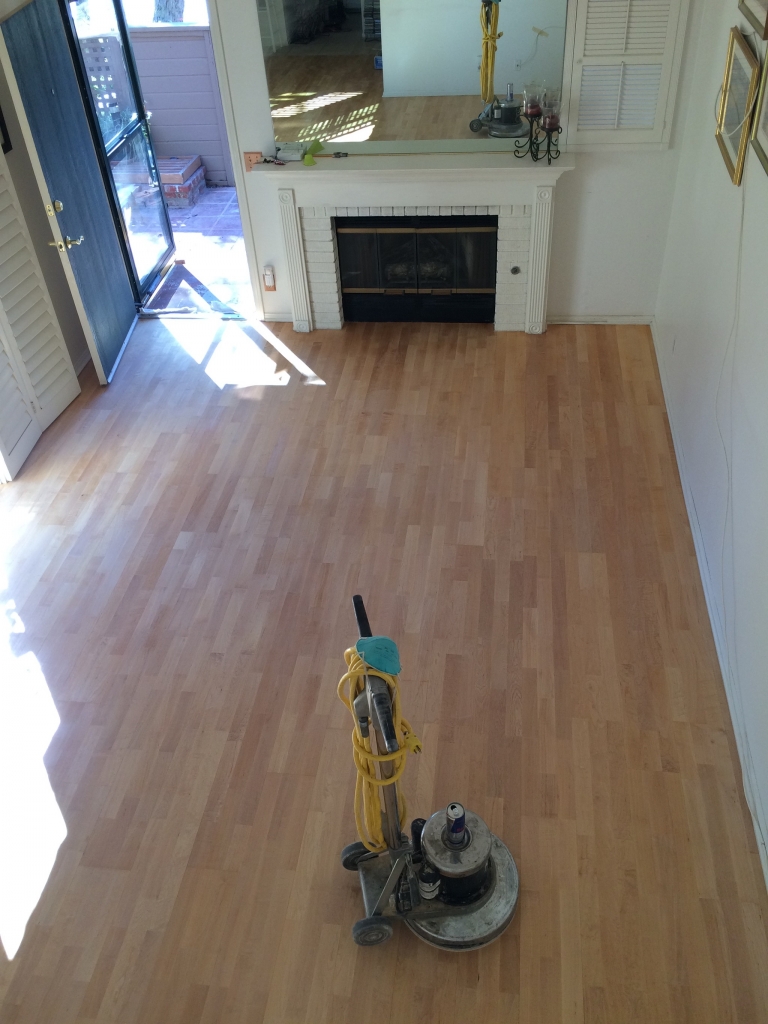Here at Ariel Builders, we are licensed c-15 flooring contractors. We have the knowledge and expertise to inspect your hardwood flooring and help you decide if your floor needs to be refinished or replaced.
High-quality hardwood floors increase the value of a home, so it is crucial to check your floors regularly to make sure that they are in good condition. Wooden floors can be deceptive. Discolorations, scratches and dings on your hardwood floors don’t necessarily mean the wood needs to be refinished; however, if in fact the surface looks smooth and uniform but the finish has been worn down in areas, the hardwood could become damaged over time and might actually need some touching up. If your floor does need to be refinished, you should take care of it right away to prevent permanent damage to the wood.
Hiring the right c-15 licensed hardwood flooring contractor like ARIEL BUILDERS is important when refinishing because hardwood only has so many lives. What we mean by lives is that the actual thickness of the hardwood planks determines how many times a floor can be sanded. A typical nail-down, ¾ inch, tongue-and groove solid floor can be re-sanded several times by a good professional flooring contractor. However, a beginning floor contractor would have a tendency to sand too much off of the floor, thus decreasing the overall life and leaving little or no wood for the next sanding. Especially attempting this type of work on your own could leave the floor with an uneven surface.
It is important to understand that some engineered hardwood floors can also be refinished but only if the manufacturer label states the top layer is at least 2 mm to 3 mm for even one light sanding. Usually a 2mm top layer can be sanded once and 3.5mm to 5 mm top layers can be sanded 2 or even three times by the right contractor.
Repairs
Occasionally hardwood flooring will need repairs. The most common occurrence is when a homeowner pulls up the carpet and find original oak hardwood underneath. The original oak that has some damages can be replaced with matching raw, unfinished 1 ½ or 2 or 2 ¼ oak solid wood. Once the damaged planks are replaced we sand the entire connecting area and refinish just as discussed above. Just keep in mind, any other type of wood that need repairs usually may be hard to match because we will need manufacturer name and specifications so that the wood matches up and even then a different batch can mean a difference in tones
Why Should I Refinish my Floors? Things to Look for:
Despite the durable nature of most solid hardwoods, they are only as good as their surface finish (the protective coating). As already mentioned a worn surface can lead to irreparable damage if left unprotected. When checking your floor you should look for water stains, scratches and heavy traffic areas that have caused the wood to be exposed, you may even see bubbling and discoloration on the surface. It is especially common for glossy finished floors to show their dullness and scratches even more than other floors. These are signs that it might be time to refinish your floors. On occasion, the damages can become so bad that warping, lifting, and or dry rot may occur, thus additional repairs may be needed.
Maybe you pulled up your old carpet and have discovered hardwood floors underneath and simply don’t like the color. This is where refinishing can change the whole look. The tack- strips must be removed properly first but then during the refinishing process, a stain may be applied. Stain colors range from golden oak, golden pecan, chestnut, dark walnut, rosewood and mahogany to name a few. Custom staining is slightly more expensive but can include white washing and mixing to achieve certain tones to match any décor.
What is refinishing?
Refinishing is the process of using a professional sanding machine to sand down to bare wood. This removes the existing old finish and most scratches that a homeowner may desire to have removed. Standard refinishing should only be done on smooth surface floors, not distressed, hand-scraped, v-groove, or beveled edges; otherwise the unique characteristics of the floor will be sanded away. However, custom sanding includes sanding away those characteristics and re scraping them or re-grooving them to bring those characteristics back.
Various different grits of sandpaper are used for differing purposes and an edger is commonly used around the edges to get up close to the walls to achieve a level and fresh uniform wood surface, especially where inlets or smaller surface areas exist. To complete the process the floors are then thoroughly cleaned and then if a color is desired, a coat of stain may be applied. Many colors of stain are available to enhance the look of your room. Once stain is applied and dries properly, two to three coats of a polyurethane finish should then be applied to seal and protect the floors. If no stain is stain is desired the natural effect of clear coating comes in satin, semi-gloss, or glossy finishes and allows the natural grains of each wood to show through.
When is buffing appropriate and what is buffing?
While some floors do require sanding down to bare wood, many others can be revitalized without incurring the expense and hassle of completely refinishing the floors. We really do not recommend this process, as most people are not as happy with the outcome as one would expect. Screening or buffing a floor is a process that takes off the top layer of polyurethane but doesn’t remove any of the wood (It does not remove scratches)! Usually one to two coats of polyurethane are applied after the buffing process and the clear coating is available in satin, semi-gloss or glossy finishes. **This is a solitary process that only screens the finish off but does not remove any deep scratches or heavy damage. This is used as a more regular means of renewing your floors appearance and/or re-coating your floor in order to protect it, thus delaying the need to fully refinish or replace your floors. This process is known for the benefit of less dust, less clean–up and thus less hassle than refinishing.
When a floor has been already refinished many times over the years it will become too thin at some point and refinishing will not be possible. Thus, buffing may be the only last-ditch effort available to save a floor from replacement although the outcome may not be as satisfactory as one may desire and is not recommended at that point.
Call us for a FREE, In-home consultation today!
![]()





